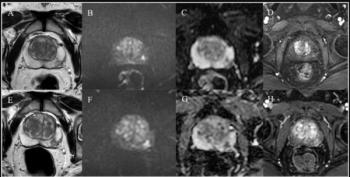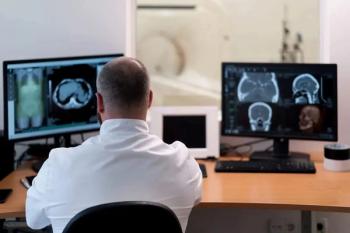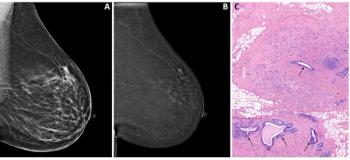
DR saves time and improves throughput, while CR saves money
The continued shift toward digital imaging, coupled with demands for better image quality and dose-efficient technology, is generating sustained interest in alternative methods of digitizing radiography. But the choice between computed radiography (CR)
The continued shift toward digital imaging, coupled with demands for better image quality and dose-efficient technology, is generating sustained interest in alternative methods of digitizing radiography. But the choice between computed radiography (CR) and digital radiography (DR) is not always clear-cut, according to speakers at September's Management in Radiology meeting, held in Paris.
Like conventional radiography, CR systems use cassettes to capture x-ray images, which are then processed by a CR reader. DR systems offer a cassette-free means of image capture and processing with dedicated flat-panel detectors based on amorphous silicon or selenium.
Radiologists at the Hopital Europeen Georges Pompidou in Paris have been taking chest x-rays on large-panel digital detectors for the past two years, Prof. Guy Frija told delegates assembled at the state-of-the-art hospital for the three-day meeting. The system is fully integrated into the radiology information system and works within a PACS environment.
Chest x-rays, like all other imaging examinations performed at the hospital, are read on high-resolution, 2K x 2K high-luminance monitors in rooms with low light intensity. Clinicians can also view soft-copy images on the PC monitors distributed throughout the hospital, via Web browser technology.
Acquisition of digital x-rays requires careful thought, given the high costs involved, Frija said. To this end, radiologists at the Paris hospital have evaluated the performance of their large flat-panel DR system (XQ/i, GE Medical Systems) against a conventional radiography setup (Thormat, Siemens Medical Solutions). Two time-efficiency measurements were recorded for each procedure: exact duration of patient examination, and length of wait for the images to become available.
"The time spent with patients was much lower using the digital system, mainly owing to ease of use. And the images are made more quickly-much faster with the digital system," Frija said.
Overall patient throughput proved higher with the DR system. An average of 10.5 patients per hour underwent chest x-ray examination using the flat-panel detector, compared with 7.9 patients for the same time period using the conventional system. Repeated procedures also fell from 16% to 5% after the switch to digital imaging.
"No examinations were returned for inappropriate image density using the digital system," Frija said. "The procedures repeated using the digital system were done only because of poor positioning."
Although the results of a user survey at the Hopital Europeen revealed high acceptance of the flat-panel digital detectors, dissemination of DR in European institutions has been limited, said Prof. Elizabeth Schouman-Claeys, head of radiology at the Hopital Bichat-Claude Bernard in Paris. Economics may play a part in the relatively low acceptance, she said. Radiography expenditures have to be juggled with requests for new CT and MRI scanners, not to mention PACS. CR technology is less expensive, and it now offers improved resolution with second-generation systems.
"Concerning image quality, there is no substantial difference between CR and DR. Actually, the main factors affecting image quality are patient positioning and mobility, and so on," Schouman-Claeys said.
Higher patient throughput is possible with DR because there are no cassettes to be handled and changed, unlike conventional radiography and CR. But those short delays allow time for ancillary tasks such as registration, she said. Time spent collecting, transporting, and positioning patients should be the same for DR and CR.
"The time saved is limited compared with the total time spent on an examination. To have an increase in productivity, you need a high patient throughput or an overbooked or understaffed department," Schouman-Claeys said.
CR is necessary for bedside examinations and for skeletal radiology examinations requiring complex positioning; introduction of an automated positioning feature on CR systems would be particularly helpful, she said. Faster image availability with DR, on the other hand, means potential reductions in radiation dose to patients and radiographers (technologists) working with the x-ray equipment.
Newsletter
Stay at the forefront of radiology with the Diagnostic Imaging newsletter, delivering the latest news, clinical insights, and imaging advancements for today’s radiologists.






























